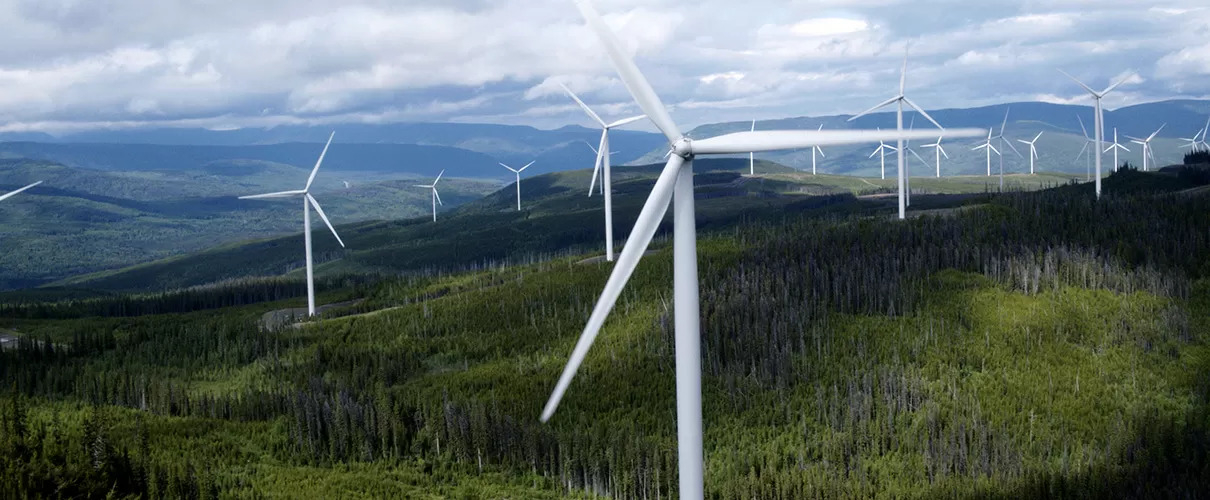22nd August 2024
The (Onshore) Winds of Change
Tom Allan
MPlan (Hons)
Graduate Planner


Onshore Wind - Back in Business?
With the newly elected Labour government wasting no time in lifting the onshore wind ban in England and setting an ambitious target of doubling onshore wind energy by 2030, it opens up the opportunity for land owners to apply for planning permission for onshore wind farms with a realistic chance of success for the first time since 2015.
Historically, it has proved difficult to secure planning permission for onshore wind farms. Due to factors such as proximity to residential properties, the effect on the landscape character, potential negative effects on local wildlife and the potential for noise and flicker, onshore wind farm planning applications have struggled to get over the line.
With onerous conditions required to be met for development of wind turbines in the past, has planning policy evolved enough to make it easier for development to secure consent, or is it actually more challenging than before?
Onshore wind farms can provide both local, regional and national benefits such as: contributing to the local and regional economy through creating jobs and generating clean, secure and renewable energy.
Looking at a sample of ten cases of onshore wind farms applications in North Lincolnshire submitted before 2015, only three were permitted and only one was permitted without having to go to appeal or public inquiry. The permitted sites: Keadby Wind Farm; Bagmoor Wind Farm and Grange Wind Farm, are all located within North Lincolnshire and all actively contributing renewable energy to the grid.
Across the North Lincolnshire cases, one of the main reasons for refusal was the effect onshore wind farms have on the landscape citing reasons such as ‘introducing substantial industrial structures into the landscape’ and having an unacceptable impact on visual amenity in initial application refusals. This raises questions over what suitable land looks like for onshore wind farms.
The Keadby Wind Farm case was shown to be an ideal location as not only was the chosen site topographically and environmentally sound, but there was already existing energy infrastructure in place, with the turbines surrounding the Keadby natural gas power stations. The public inquiry revealed that the site was already regarded as ‘damaged’ in the public perception due to the existing pylons and power station infrastructure on the land. Land like this is ideal for the development of wind farms, however, how much of it is both available and suitable in England?
North Lincolnshire’s latest adopted local plan was released in 2003 and an updated framework was adopted in 2007. North Lincolnshire is currently developing a new local plan which is scheduled to be adopted in 2025. It will be interesting to see what amendments are made to support the development of onshore wind farms in the new local plan. Furthermore, it will also be interesting to see what changes will come to light in national policy as a result of the change in government which will affect the development of onshore wind farms and renewable energy as a whole.
Since lifting the ban in early July, the draft revised National Planning Policy Framework (NPPF) currently out for consultation has seen important changes to better support planning applications for renewable energy, including onshore wind farms.
The NPPF now states that: “Local planning authorities should support planning applications for all forms of renewable and low carbon development” and “local planning authorities should: not require applicants to demonstrate the overall need for renewable or low carbon energy, and give significant weight to the proposal’s contribution to renewable generation and a net zero future”. This shows the governments proactive approach to support renewable energy development.
Will the above changes be enough to encourage businesses to once again consider preparing and submitting on-shore wind farm applications, with the associated cost and long decision-making timescales, or will the changes just remain words only, with little real world impact. As ever, only time will tell.



